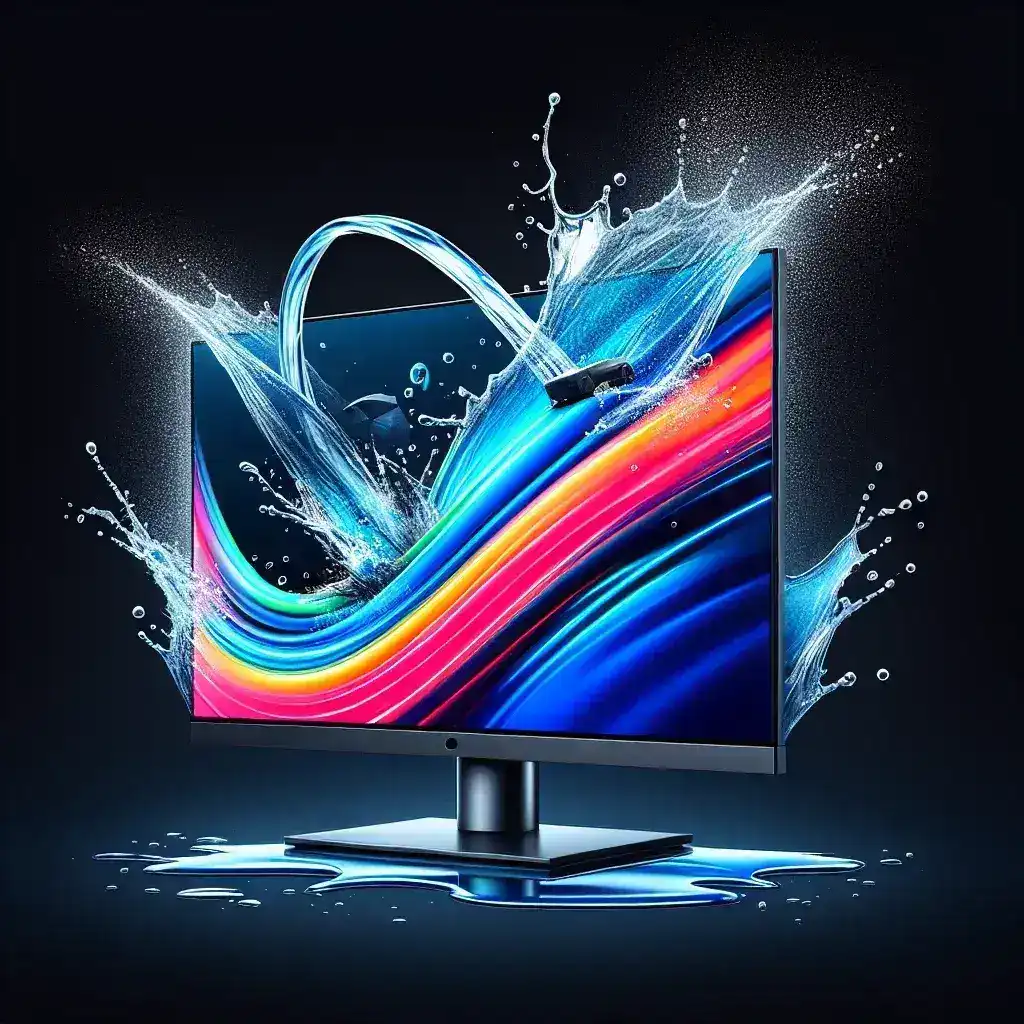Organic Light Emitting Diode (OLED) monitors have been gaining popularity due to their superior image quality, energy efficiency, and thinner form factors compared to traditional LED and LCD monitors. However, as technology advances, there’s a growing interest in enhancing the durability and versatility of these displays, particularly in making them waterproof. In this article, we will explore whether waterproof OLED monitors exist, the technology behind them, their potential applications, and future prospects.
| Feature | Standard OLED Monitors | Waterproof OLED Monitors |
|---|---|---|
| Image Quality | Excellent | Excellent |
| Energy Efficiency | High | High |
| Durability | Moderate | Higher |
| Water Resistance | No | Yes |
| Form Factor | Thin | Thin |
OLED Technology Overview
OLED technology employs organic materials that emit light when an electric current passes through. This technology enables deep blacks, vivid colors, and high contrast ratios, which are critical for delivering an exceptional viewing experience. However, the organic materials used in OLEDs are generally sensitive to moisture, which can degrade their performance over time.
Challenges in Waterproofing OLED Monitors
To create a waterproof OLED monitor, manufacturers must address several challenges:
- Material Sensitivity: Organic materials in OLEDs are prone to degradation when exposed to water or moisture.
- Encapsulation: Effective encapsulation techniques are necessary to protect the sensitive components from water damage.
- Sealing: Ensuring that all potential points of water ingress are adequately sealed without compromising the monitor’s form factor.
Encapsulation Techniques
Encapsulation is a critical process for creating waterproof OLED monitors. Several techniques are used to protect OLED displays:
- Thin-film Encapsulation (TFE): This involves layering thin films of protective materials over the OLED display to block moisture and oxygen.
- Barrier Films: Specialized barrier films are used to create a moisture-resistant layer over the OLED panel.
- Edge Sealing: The edges of the OLED panel are sealed with robust materials to prevent water ingress.
Current Market Availability
While waterproof OLED technology is still in its nascent stages, some manufacturers have made significant strides in this area. Companies such as Samsung and LG are experimenting with waterproof designs, mostly in smaller-sized OLED displays like those used in smartphones and wearable devices.
Smartphones and Wearables
Waterproofing OLED technology in smartphones and wearable devices has seen some success. Devices such as the Samsung Galaxy and Apple Watch series feature OLED displays with waterproof capabilities, protected by advanced encapsulation techniques and durable external casings.
Large-Scale OLED Monitors
When it comes to larger OLED monitors, the technology is still under development. The primary focus remains on improving the longevity and performance of OLED panels under various environmental conditions.
Industrial and Commercial Applications
Potential applications for waterproof OLED monitors include:
- Outdoor Digital Signage: Displays used in outdoor advertising can benefit from waterproof OLED technology to withstand weather elements.
- Marine and Military Use: Waterproof monitors are essential for equipment used in marine environments or by military personnel.
- Healthcare: Waterproof OLED monitors can be used in medical devices that require regular cleaning and sterilization.
Future Prospects
The future of waterproof OLED monitors looks promising with continued research and technological advancements. Several areas are being explored to make these monitors more durable and widely available:
- Advanced Encapsulation Materials: Developing new materials that offer better protection against moisture and oxygen.
- Improved Manufacturing Techniques: Enhancing manufacturing processes to ensure complete sealing and protection of the OLED panels.
- Cost Reduction: As technology matures, the cost of producing waterproof OLED monitors is expected to decrease, making them more accessible.
Potential Innovations
Several innovations could drive the future of waterproof OLED technology:
- Flexible and Foldable Displays: Combining waterproofing with flexible OLED technology could lead to new form factors and applications.
- Transparent Displays: Waterproof transparent OLED displays could be used in unique applications such as car windshields and smart windows.
- Enhanced Durability: Research into making OLED materials intrinsically water-resistant could eliminate the need for extensive encapsulation
Conclusion
While fully waterproof OLED monitors for mainstream use are not yet widely available, the advancements in waterproofing techniques suggest a promising future. The technology has already found its way into smaller devices like smartphones and wearables, paving the way for larger-scale applications. As research continues, we can expect to see more durable, versatile, and cost-effective waterproof OLED monitors across various industries. The progress in this domain underscores the innovative spirit driving the display technology market forward.
